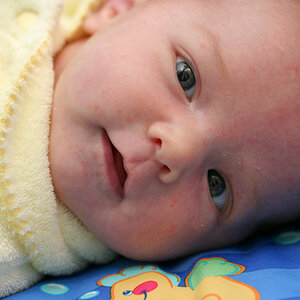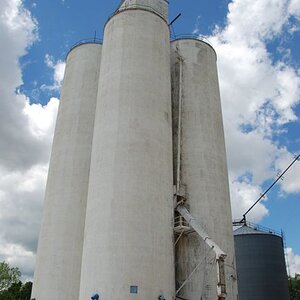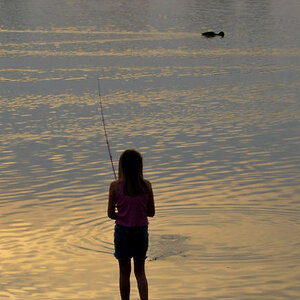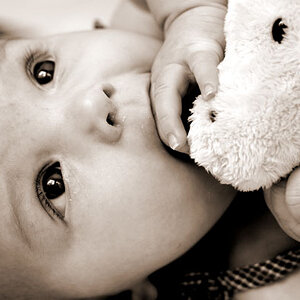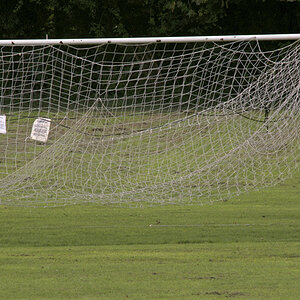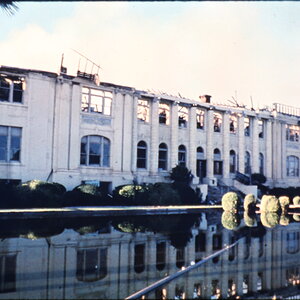Navigation
Install the app
How to install the app on iOS
Follow along with the video below to see how to install our site as a web app on your home screen.

Note: This feature currently requires accessing the site using the built-in Safari browser.
More options
You are using an out of date browser. It may not display this or other websites correctly.
You should upgrade or use an alternative browser.
You should upgrade or use an alternative browser.
importance of enlarger timer
- Thread starter robwst7
- Start date
fmw
No longer a newbie, moving up!
You can do it manually with a watch or clock. The timer is more convenient and more repeatable but not necessary. There are many, many, many black and white films. You should use the kind that produces the results you seek.
DocFrankenstein
Clinically Insane?
- Joined
- Apr 29, 2004
- Messages
- 1,646
- Reaction score
- 6
The timer is a nice thing to have. It allows you to open up the aperture and make printing faster.
But you can always stop down and expose around 30 seconds or so... and it's gonna be just as good.
But you can always stop down and expose around 30 seconds or so... and it's gonna be just as good.
Efergoh
TPF Noob!
- Joined
- Aug 8, 2006
- Messages
- 799
- Reaction score
- 2
- Location
- Battle Creek, MI
- Can others edit my Photos
- Photos OK to edit
hmmm...I disagree. I prefer longer exposures. I feel that 20 seconds is the minumum. If you need to burn or dodge, or use split filtering, you need those long exposures just so you have time to get in there and do what you need. If you have a short exposure and you're trying to to burn, you end up with choppy lines on your print. I am also of the opinion, that you don't get as much detail with a quick print....but I'm rather anal retentive that way.DocFrankenstein said:The timer is a nice thing to have. It allows you to open up the aperture and make printing faster.
But you can always stop down and expose around 30 seconds or so... and it's gonna be just as good.
If you're making a straight print, then sure, quick is fine.
To answer the originator's question;
I prefer Ilford AGFA, and Fuji films for B&W. I get pretty good results from them. I avoid, when I can, Kodak TriX and TMaxx. Nothing wrong with those two, I just don't much care for the large grain I get from them....especially TMaxx.
I also think a timer is an essential piece of equipment. It gives you a lot more control than trying to use a stop watch our counting "one thousand one - one thousand two."
mysteryscribe
TPF Noob!
- Joined
- Feb 1, 2006
- Messages
- 6,071
- Reaction score
- 3
- Location
- in the middle of north carolina
- Website
- retrophotoservice.2ya.com
- Can others edit my Photos
- Photos OK to edit
I do the digital darkroom now but over the years I have made prints with and without timers. I found that after a few years I could look at the negative on the base of the enlarger and tell what it needed. For me a timer was for when I wanted to make several copies of one print. Then you do need it for sure to get them all pretty much the same.
Efergoh
TPF Noob!
- Joined
- Aug 8, 2006
- Messages
- 799
- Reaction score
- 2
- Location
- Battle Creek, MI
- Can others edit my Photos
- Photos OK to edit
I don't have that long of an attention span...I'll use a timer.mysteryscribe said:...after a few years I could look at the negative on the base of the enlarger and tell what it needed....
ooh! Hey! Look, a shiny piece of glass!
mysteryscribe
TPF Noob!
- Joined
- Feb 1, 2006
- Messages
- 6,071
- Reaction score
- 3
- Location
- in the middle of north carolina
- Website
- retrophotoservice.2ya.com
- Can others edit my Photos
- Photos OK to edit
Trust me the smell of chemicals from my youth is half of why I can't taste food right.. forty years of smoking is the other half... Okay more than half for the weed.
Philip Weir
TPF Noob!
As someone previously said, a timer is an advantage, especially for multiple printing, but in my experience, as long as you are printing on a daily basis you can manage quite well using a foot switch. I learnt printing over 40 years ago printing by counting of the seconds in my head. After a while you can become quite proficient at counting accurately and I was often asked as a party trick to time something for say 60 seconds in my head and was always spot on. The advantage is you have two hands to do any dodging and burning without the delay of hitting the switch.
mysteryscribe
TPF Noob!
- Joined
- Feb 1, 2006
- Messages
- 6,071
- Reaction score
- 3
- Location
- in the middle of north carolina
- Website
- retrophotoservice.2ya.com
- Can others edit my Photos
- Photos OK to edit
But that damn tick tick tick inside my head is making me crazy now...
Efergoh
TPF Noob!
- Joined
- Aug 8, 2006
- Messages
- 799
- Reaction score
- 2
- Location
- Battle Creek, MI
- Can others edit my Photos
- Photos OK to edit
hmmm...the one I use doesn't tick, it is digital.
DocFrankenstein
Clinically Insane?
- Joined
- Apr 29, 2004
- Messages
- 1,646
- Reaction score
- 6
If I wanna dodge/burn I'd stop down and increase the time for sure.Efergoh said:hmmm...I disagree. I prefer longer exposures. I feel that 20 seconds is the minumum. If you need to burn or dodge, or use split filtering, you need those long exposures just so you have time to get in there and do what you need. If you have a short exposure and you're trying to to burn, you end up with choppy lines on your print. I am also of the opinion, that you don't get as much detail with a quick print....but I'm rather anal retentive that way.
If you're making a straight print, then sure, quick is fine.
My point was that without a timer it's easier to accurately expose with longer exposures than with the short ones. So having a timer would only benefit if you want to make lots of prints with the same exposure. If you can wait extra 30 seconds per exposure - then the timer is not needed... basically.
As you can probably see, your point does not contradict my point and hence there's no reason to disagree.
Interesting idea about short exposures. I'd think long exposures would be more contrasty because reciprocity failure kicks in the really dense areas of the negative.
I've gotta test that thing sometime.
Efergoh
TPF Noob!
- Joined
- Aug 8, 2006
- Messages
- 799
- Reaction score
- 2
- Location
- Battle Creek, MI
- Can others edit my Photos
- Photos OK to edit
I suppose that would depend on what you call a long exposure. To me 30 or 40 seconds is a long exposure. If I have a lot to do with the print as far as split filtering and burn/dodge, I might run up to a minute stopped down.
The shortest I print is in the 15 second neighborhood. But to be honest, I'm not in the habit of making a lot of prints of a single shot all at once at this time.
Well, I'm a disagreeable person, so....
The shortest I print is in the 15 second neighborhood. But to be honest, I'm not in the habit of making a lot of prints of a single shot all at once at this time.
As you can probably see, your point does not contradict my point and hence there's no reason to disagree.
Well, I'm a disagreeable person, so....
Most reactions
-
 426
426 -
 287
287 -
 280
280 -
 265
265 -
 222
222 -
 196
196 -
 182
182 -
 179
179 -
 164
164 -
 164
164 -
 150
150 -
 131
131 -
 118
118 -
 95
95 -
I
94

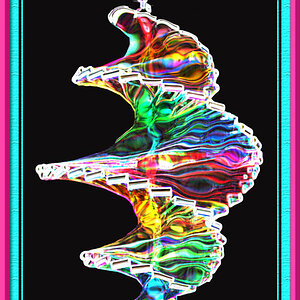

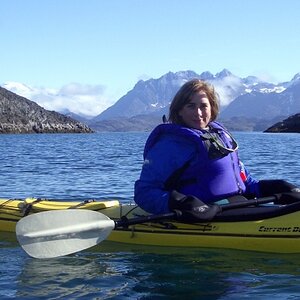
![[No title]](/data/xfmg/thumbnail/42/42267-2fff585000110a96fd9ac3ff09cceb95.jpg?1619740076)
